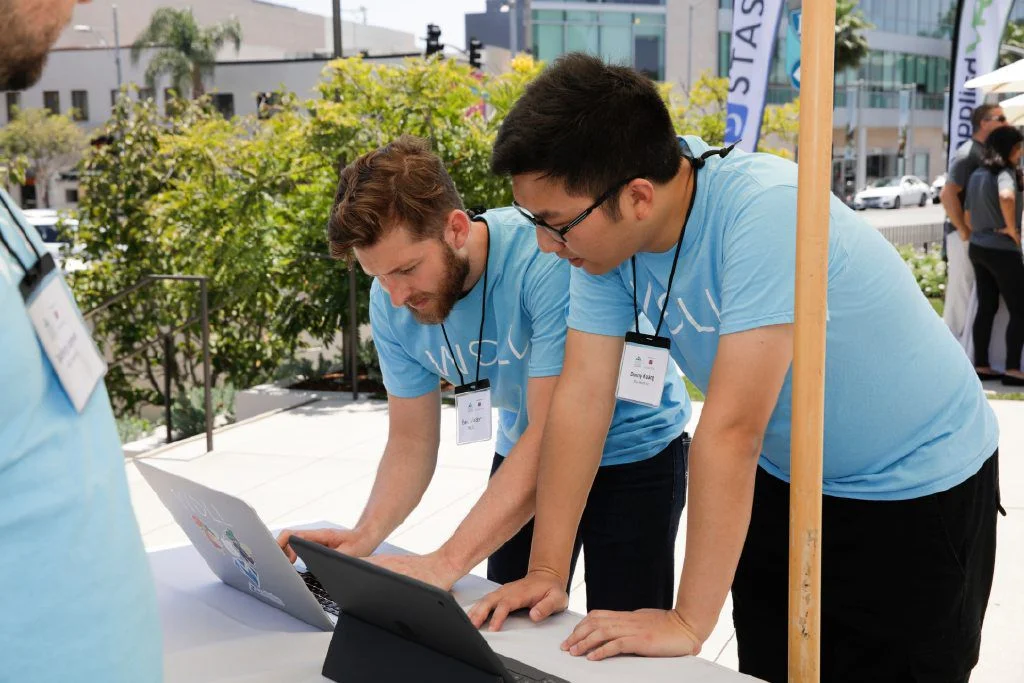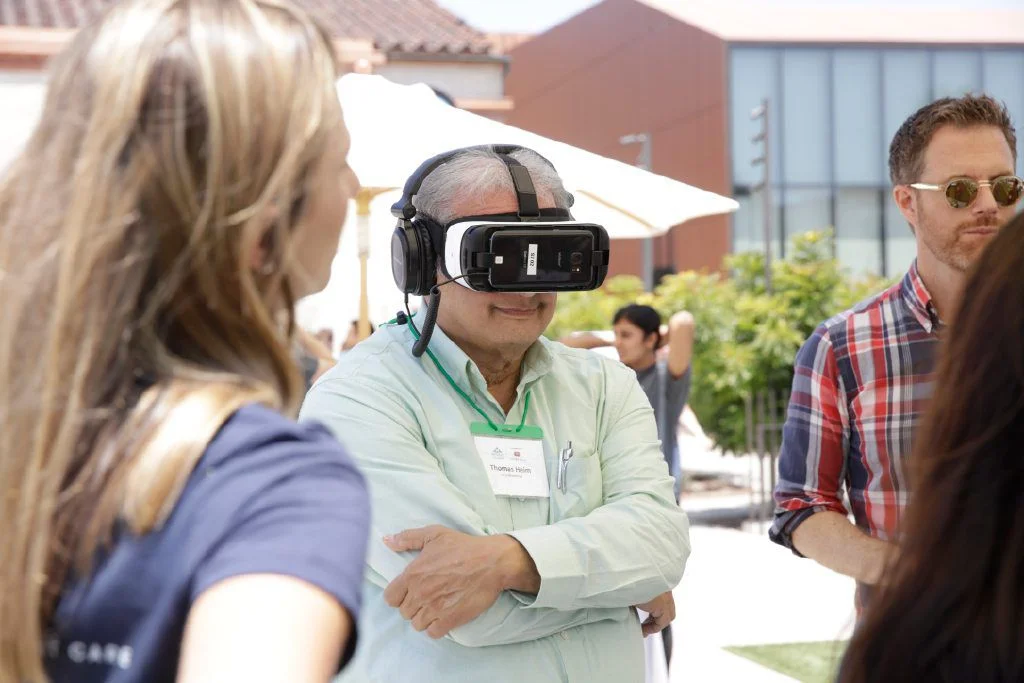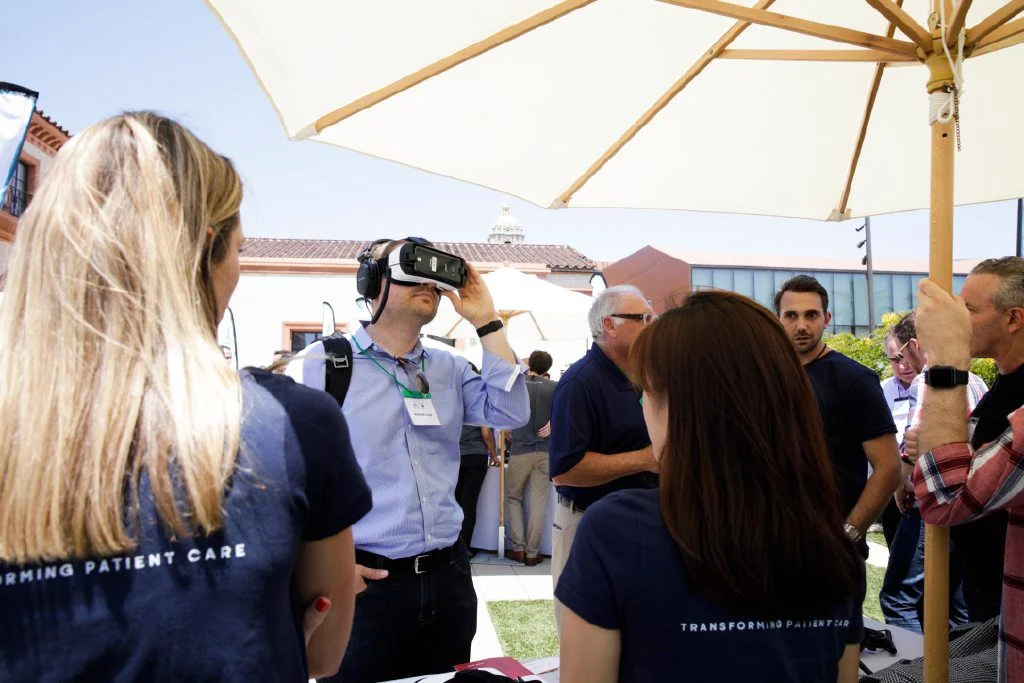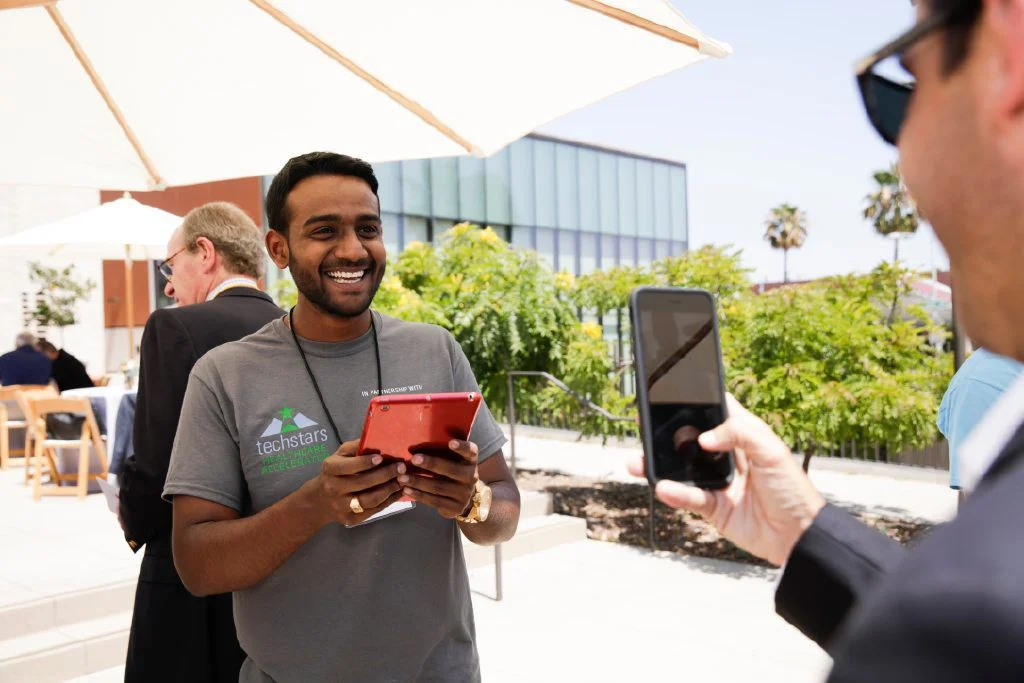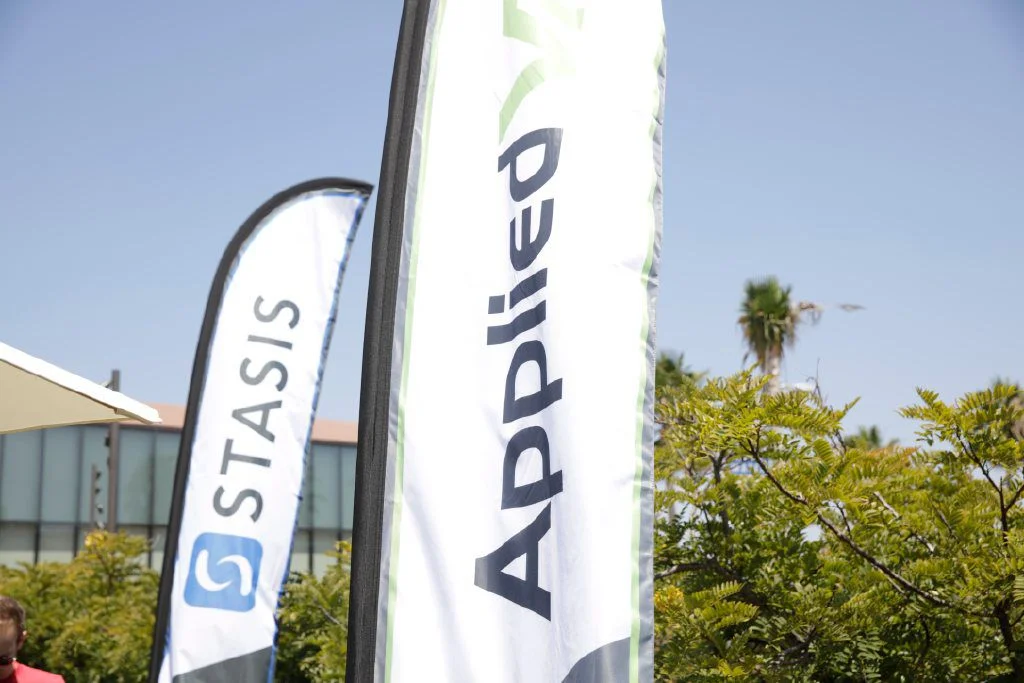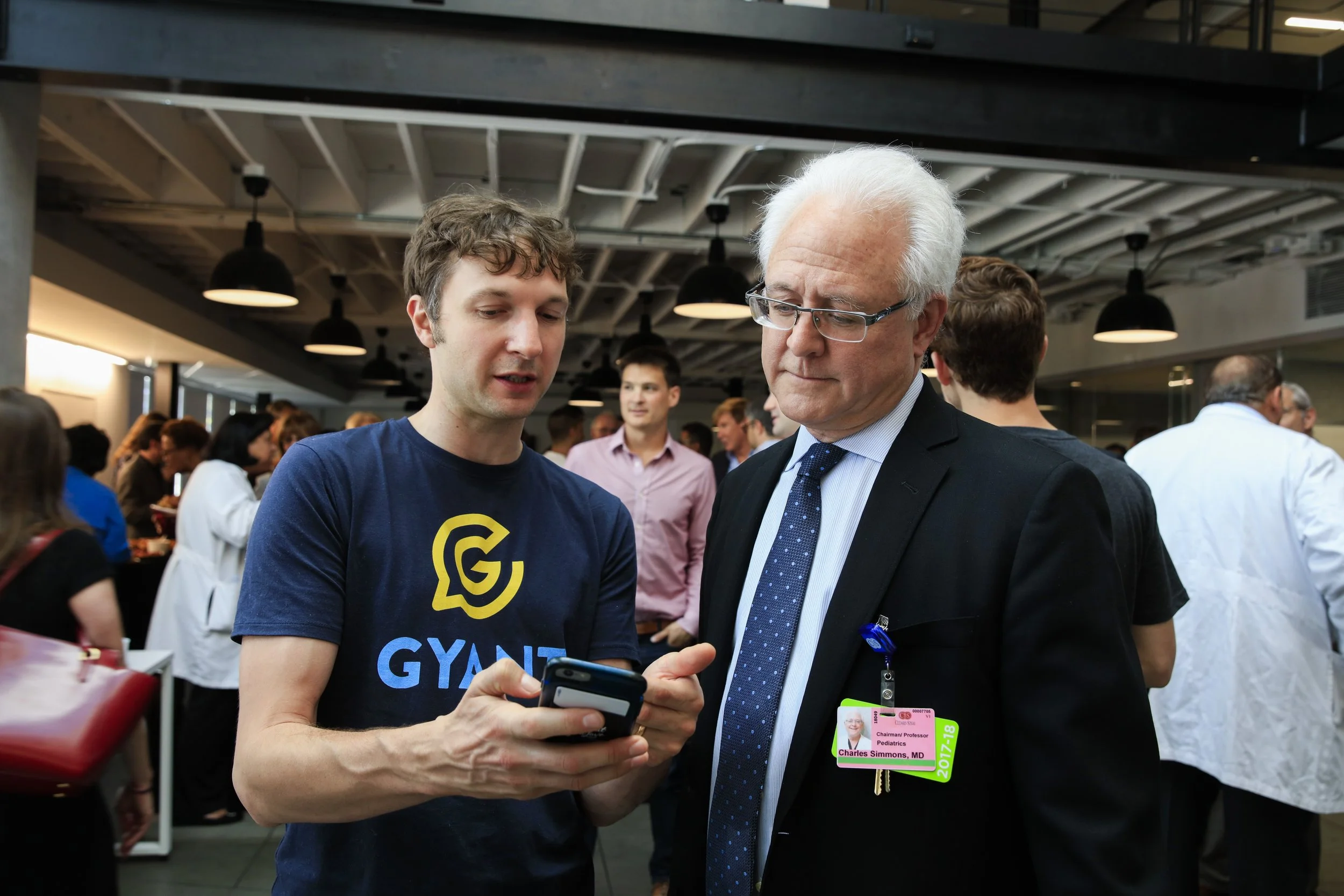By Jonah Comstock, MobiHealthNews
The following article originally appeared on MobiHealthNews and is crossposted here.
When a hospital wants to deploy a new technology, a major decision is whether to partner with a company or build it themselves. Building something uses a lot more resource, but the tradeoff is control — the organization can create exactly what they need.
Cedars-Sinai Medical Center in Los Angeles is one of a handful of hospitals around the country that’s discovered a third option. By partnering with TechStars to create an in-house startup accelerator, Cedars-Sinai can outsource technology projects, but still have a lot of influence over how they shake out.
The accelerator helped Cedars-Sinai to support Dr. Brennan Spiegel’s work with virtual reality when it was just getting off the ground.
“One of our rationales behind launching the accelerator is that one of the problems of taking a leading position like this, and not wanting to build software ourselves, is we have to wait for vendors to recognize the market and build into it,” Cedars-Sinai CIO Darren Dworkin told MobiHealthNews during a recent press briefing at the hospital. “So we do that, but because we’re not always the most patient, we’ve also used the accelerator to kind of explain to people where this white space is and end up sort of taking companies that have a similar mindset and literally helping to accelerate them by giving them access into amazing clinicians that they can see real world stuff what’s going on, and of course access to capital.”
For instance, Dworkin explained, the accelerator helped Cedars-Sinai to support Dr. Brennan Spiegel’s work with virtual reality when it was just getting off the ground.
“When Brennan was doing his early work on VR, we knew that was going to stick and it was going to be a focus area so it tied nicely into us bringing a company into the accelerator and creating a relationship with Applied VR, where we can help excel the work he was doing by having a commercial organization that could start bringing those ideas into the market and see what the uptake would be,” he said.
And it’s a win-win, as the startups that go through the process tend to do pretty well too.
“Generally we’ve found that companies that have gone through the program have found a lot of success, largely with us,” Accelerator Director Omkar Kulkarni said. “We’ve been able to make many of the technologies very successful here at Cedars Sinai.”
The value of the accelerator is to confront Silicon Valley idealists with the reality of healthcare, and push them to create solutions that meet providers where they are.
Startups in the Cedars-Sinai Tech Stars accelerator receive a $20,000 investment and an optional $100,000 convertible bridge grant in exchange for a 6 percent equity stake. But the main draw is the opportunity to work with the health system, through guaranteed mentorship relationships and the strong possibility of a pilot. To put it another way, the value of the accelerator is to confront Silicon Valley idealists with the reality of healthcare, and push them to create solutions that meet providers where they are.
For example, Dworkin shared a story about texting startup Well, one of the accelerator’s success stories which is currently deployed in 120 departments at Cedars-Sinai as well as in some other organizations.
“Lots of tech entrepreneurs in the valley are convinced that texting can save hospitals. All you need to do is get the doctor and the patient to text each other. And people show us all these solutions,” Dworkin said. “What this company was able to do was to solve the real problem, which is, it turns out, that patients want to text their doctor and doctors don’t always want to text their patient. And the front office staff collectively are happy to text the patient, but they don’t want to use their personal phone. So they created a solution where the front office staff is now represented as one entity, very closely tied to the clinical staff and they’re texting the patient back and forth. It’s a good way of taking maybe not the most innovative idea, but applying it very specifically in a way that works in an office setting.”
While startups aren’t guaranteed a pilot, Cedars tries to work with them as much as possible. But unlike many other hospitals, they rarely if ever do so in the form of an unpaid pilot.
“We don’t believe in unpaid pilots because at that point you’re doing a disservice to the startup,” Kulkarni said. “Because (A) they need to understand the prices and what the hospital is willing to pay and (B) unpaid pilots can go on for a long time without much accountability as to whether or not they’re going to raise revenue for startups.”
Doing an unpaid pilot can seem like a good way to test the waters of a new innovation, but in practice it’s sort of like doing market research for a product, but only asking customers whether they’d use the product if they got it for free.
“If somebody’s not willing to pay for it internally out of their own budget it’s a concern for us,” Kulkarni said. “It’s easy to launch something for free, but if someone’s willing to pay for a technology it’s a better signal that this company has found product-market fit.”



